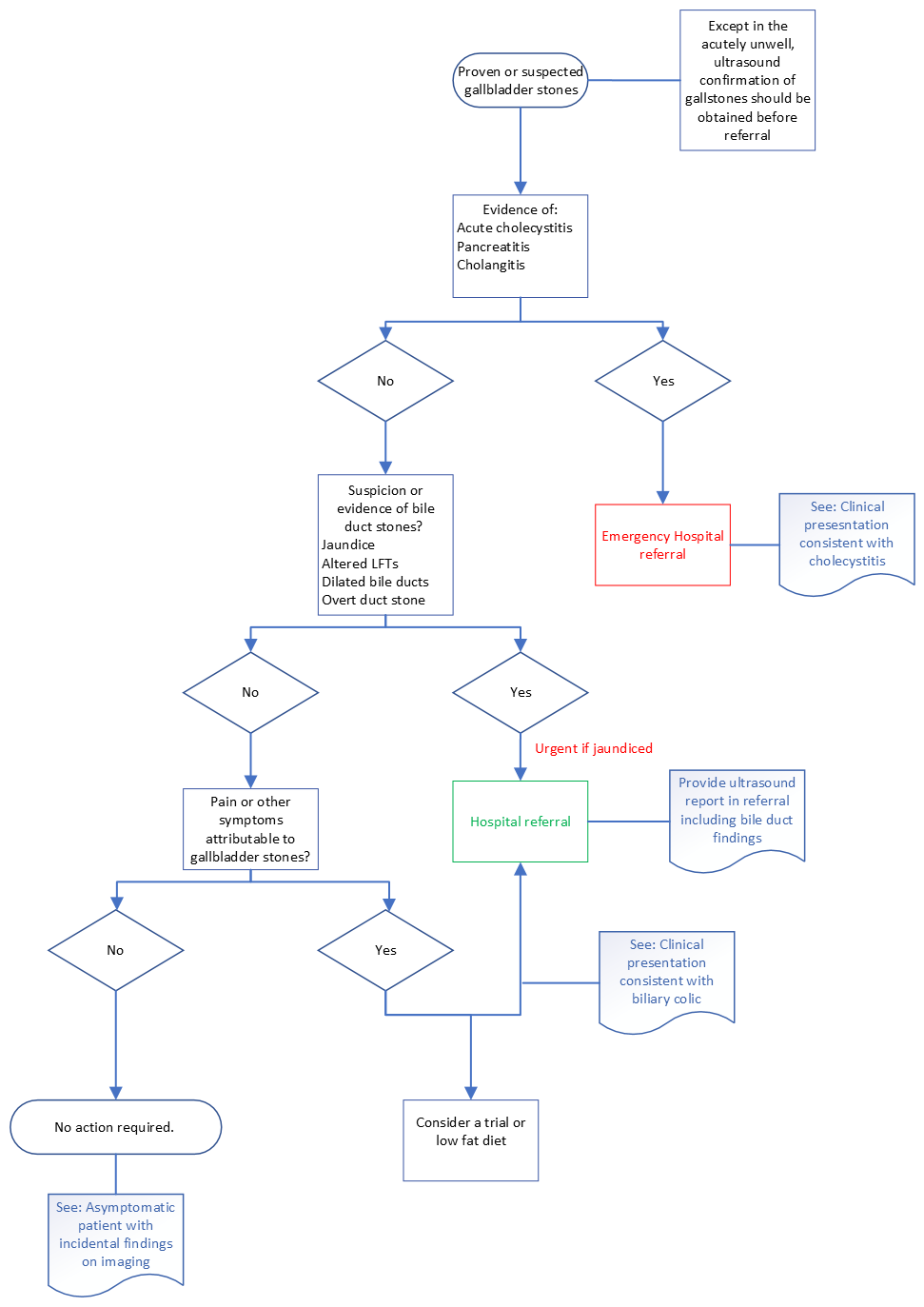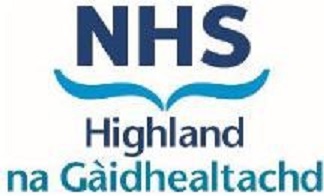Gallstone disease pathway

From 2016 RCSEng/AUGIS Commissioning Guide.
Welcome to the Right Decision Service (RDS) newsletter for June 2024.
Hopefully you all received the notification on Friday 28th June about the worldwide security vulnerability relating to use of code from the Polyfill.io code library – typically used to enable use of functionality in older browsers and operating systems. This vulnerability has now been addressed within RDS. Thanks to Tactuum for their prompt action on this.
This incident served as a useful reminder about the importance of making sure all devices and desktop/laptop computers have up to date anti-malware installed.
The most recent information is that final fixes and developments will take place during July, with a view to user testing taking place in August 2024.
We will be running the six-monthly usage statistics reports for all RDS toolkits during July. Please contact his.decisionsupport@nhs.scot if you would like to receive the usage report for your toolkit(s).
The Scottish Palliative Care Group is carrying out a value and impact survey of the national Palliative Care Guidelines toolkit on RDS. We would appreciate your help in circulating this survey, available at https://rightdecisions.scot.nhs.uk/scottish-palliative-care-guidelines/evaluation-survey/ /
The Palliative Care Guidelines toolkit is using an adapted version of a generic impact evaluation form which the RDS team now encourages all toolkit owners to apply 6-12 months after launch of their toolkit. Please contact ann.wales3@nhs.scot if you would like to find out more.
The RDS Learning working group is in the final stages of developing and uploading new learning resources including:
We have also drafted a communication and training plan to support implementation of the redesigned RDS. The plan aims to reach both end-users and editors, who will benefit from new features such as the archiving and version control functionality.
4.1 Training sessions for new editors (also serve as refresher sessions for existing editors) will take place on the following dates:
To book a place, please contact Olivia.graham@nhs.scot, providing your name, organisation, job role, and level of experience with RDS editing (none, a little, moderate, extensive.)
Remember that you can also organise 1-1 training sessions with Olivia on running Google Analytics reports if you want to look at data more frequently than the six-monthly reports.
The following RDS toolkits are now live:
The following toolkits are due to go live imminently:
Some of the toolkits the RDS team is currently working on:
Please contact his.decisionsupport@nhs.scot if you would like to learn more about a toolkit. The RDS team will put you in touch with the relevant toolkit lead.
HIS is working with the Scottish Library and Information Council and the ALLIANCE to implement the second phase of the Collective Force for Health and Wellbeing Action Plan. This plan aims to strengthen the role of public, health and school libraries in empowering people to use digital tools and health information for self-management and choices about health and wellbeing. A key element of this new phase is supporting public libraries to promote the RDS citizen-facing apps for health and wellbeing.
We held a webinar on 28th June about the implementation challenge for health and wellbeing apps for citizens. This included an overview of the evidence base around implementation, the critical importance of health literacy skills, and the early findings from tests of change of implementing the Being a partner in my care app. Please contact his.decisionsupport@nhs.scot if you would like a copy of the slides or access to the recording of this webinar (NHS staff only.)
If you have any questions about the content of this newsletter, please contact his.decisionsupport@nhs.scot If you would prefer not to receive future newsletters, please email Olivia.graham@nhs.scot and ask to be removed from the circulation list.
With kind regards
Right Decision Service team
Healthcare Improvement Scotland

10 to 15% of the adult population in the UK have gallstones, the majority of which are asymptomatic and require no treatment.
Presentation of symptomatic gallstones is usually with biliary colic or, less commonly, a complication of gallstone disease, most commonly cholecystitis.
The definitive treatment of symptomatic gallstones is cholecystectomy.
Stones may pass from the gallbladder into the CBD (common bile duct) and present with jaundice, cholangitis, pancreatitis.
Gallstones on abdominal USS
No treatment or referral
CBD stone
Routine referral due to the risk of potentially significant complications.
(If the patient is currently asymptomatic but there has been a history of jaundice or infection consider urgent referral)
Most patients with symptomatic gallstones present with a self-limiting attack of RUQ / epigastric pain, frequently radiating to the back +/- nausea/vomiting.
This can usually be controlled in primary care with appropriate analgesia +/- anti-emetics without hospital admission.
Consider checking LFTs and a routine referral for USS (although may be deferred until symptoms become recurrent – please see below)
When pain cannot be managed or if the patient is otherwise unwell (septic), refer as an emergency to the on-call surgical team
Further episodes of biliary colic are common (50% risk per annum with 1 to 2% risk per annum of complications).
If not done following the initial presentation, arrange for LFTs to be checked and request a routine USS (unless LFTs are significantly abnormal or the patient is clinically jaundiced. (See section: Clinical suspicion of biliary obstruction)
Recurrent episodes can be prevented in around 30% of patients by adopting a low-fat diet (fat in the stomach provokes release of cholecystokinin, which precipitates gallbladder contraction).
If gallstones (including the suggestion of gallbladder sludge) are confirmed on USS, and the patient is considered fit for and would desire surgery, refer routinely for consideration of cholecystectomy
If the gallbladder is normal with no gallstones identified, consider an alternative diagnosis e.g dyspepsia.
There is NO evidence to support the use of:
(with or without known gallstones)
Ideally patient with acute cholecystitis should have a cholecystectomy in the same admission but if the patient is clinically well and admission is not felt to be required based on clinical condition, management of cholecystitis in the community with analgesia and anti-emetics may be appropriate. If in doubt a discussion with the on-call surgical team would be appropriate.
In the case of management in Primary Care
If the patient cannot be managed in the community, refer the patient to the on-call surgeon with view to admission.
(with or without known gallstones)
If there is a clinical suspicion of acute pancreatitits or cholangitis, refer the patient to the on-call surgical team.
Patients with known gallstones and jaundice or clinical suspicion of biliary obstruction (e.g. significantly abnormal LFTs), not requiring same day admission (i.e not septic), should be referred urgently.